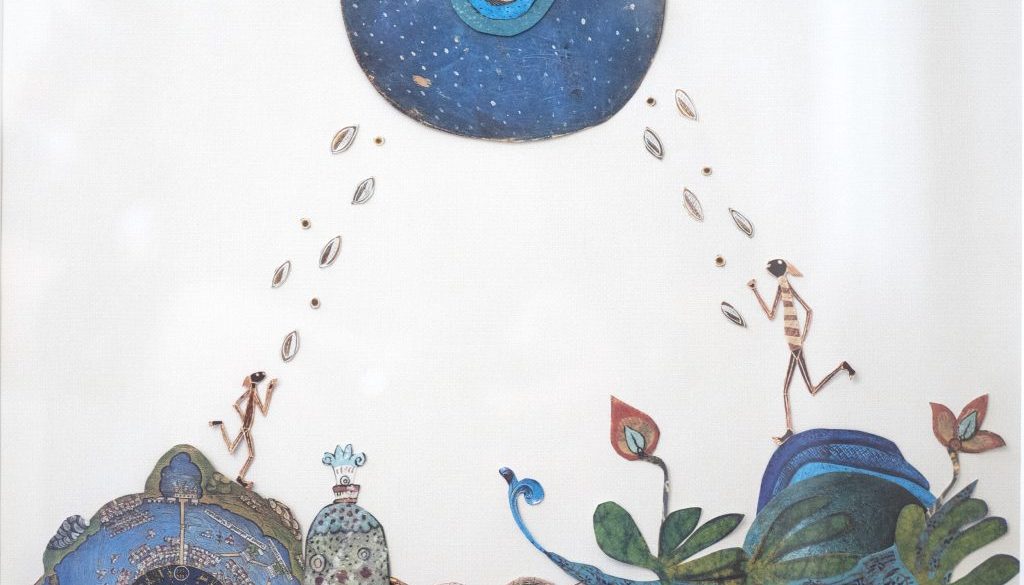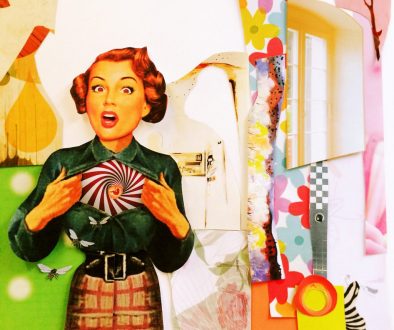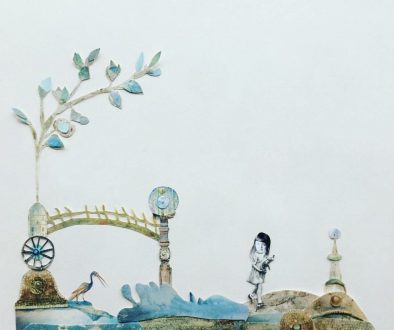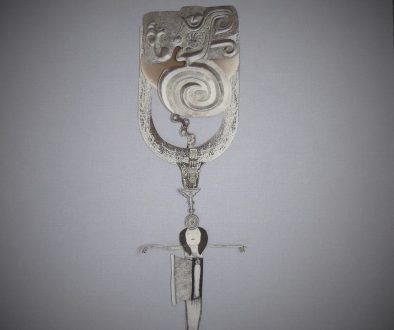The Sapphire Coast
The Sapphire Coast, NSW Australia
Kalaru

Before the British commandeered Australia for use as an open prison and began sending its undesirables – from petty thieves to Irish political activists – the Sapphire Coast was home to the Yuin people (a collective name that designates several distinct tribes); people who’d lived in harmony with land and sea for over 30,000 years, taking little from it and certainly never destroying it. The first European sighting of the coast’s original inhabitants was recorded in the journal of Captain James Cook – to the British, a celebrated explorer and note-taking coastal cartographer of land the Empire would seize by fair means or foul (mostly foul); and to the first people of Australia, the breath of a leviathan so mighty, it would descend upon their land and destroy their way of life in what was a complete and often brutal takeover.
In less than 200 years from Cook’s 1788 sighting, the Yuin population of this area was reduced by 95%, through a combination of killing, disease and displacement. It is an incalculable travesty, one that can never be redressed.
I recently spent time on the Sapphire Coast – in a beautiful and mystical place called, Kalaru. While I was there, I could feel the land, sea and stars yearn for their gentle inhabitants and the symbiotic relationship that existed between them. I made this collage to express that feeling.
Aragunnu

North of Kalaru, in the Mimosa National Park, is a place called Aragunnu. There you can find one of the Sapphire Coast’s largest middens. A midden, or occupation site, acted as a repository for shells and bone fragments. A place where a given tribe would leave the remnants of what they had eaten, so the next people to visit would know what kind of food was available in the area, thereby ensuring a greater chance of survival. The midden at Aragunnu is 30 metres long and as much 7 meters deep. It is considered sacred to the Yuin People.
Sadly, I did not visit Aragunnu; rather, I stayed at our holiday house making the Kalaru collage (the 1st in this series). However, my friend went there and took lots of photos and told me all about the midden, which she knew I’d love. Despite not seeing it myself, I wanted to make a collage of it to honour my friend’s thoughtfulness, and as a reminder that creating can sometimes be at the cost of experience.
Eden

Further down the Sapphire Coast, nestled in Twofold Bay (one of the deepest natural harbours in the world), is a town called Eden. The area has a fascinating whaling history that stretches back millennia. Every year, Baleen whales migrate to and from their breeding grounds, their path cutting directly in front of the bay. At one time, lying in wait were predatory Orcas (from the Latin Orcus, meaning: demons from the underworld) – also known as Killer Whales (despite the fact they are actually dolphins).
Although such behaviour is typical of Orcas the world over, those of the Twofold Bay area were unique, in that they developed a symbiotic relationship with the Katungal (coastal people of the Thaua tribe) who originally lived there. The Orcas would drive Baleen whales into shore, then alert the tribesmen, who would spear and kill the Baleen, leaving the Orcas to feast upon their lips and tongues (a favourite delicacy), taking what was left for themselves once the Orcas had finished. It was a sacred relationship which continued for successive generations; indeed, the Katungal considered the Orcas (whom they called Beowas) to be ancestors that had returned to provide for the tribe.
When the British arrived and took over the area, setting up whaling stations in and around Twofold Bay, one station-owning family made use of the Katungal relationship with the Beowas, eventually destroying in less than 100 years what it had taken the Katungal thousands of years to develop.



